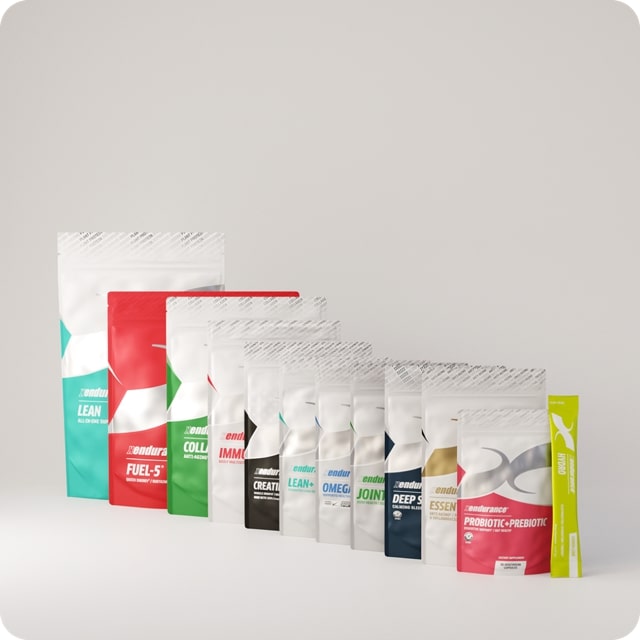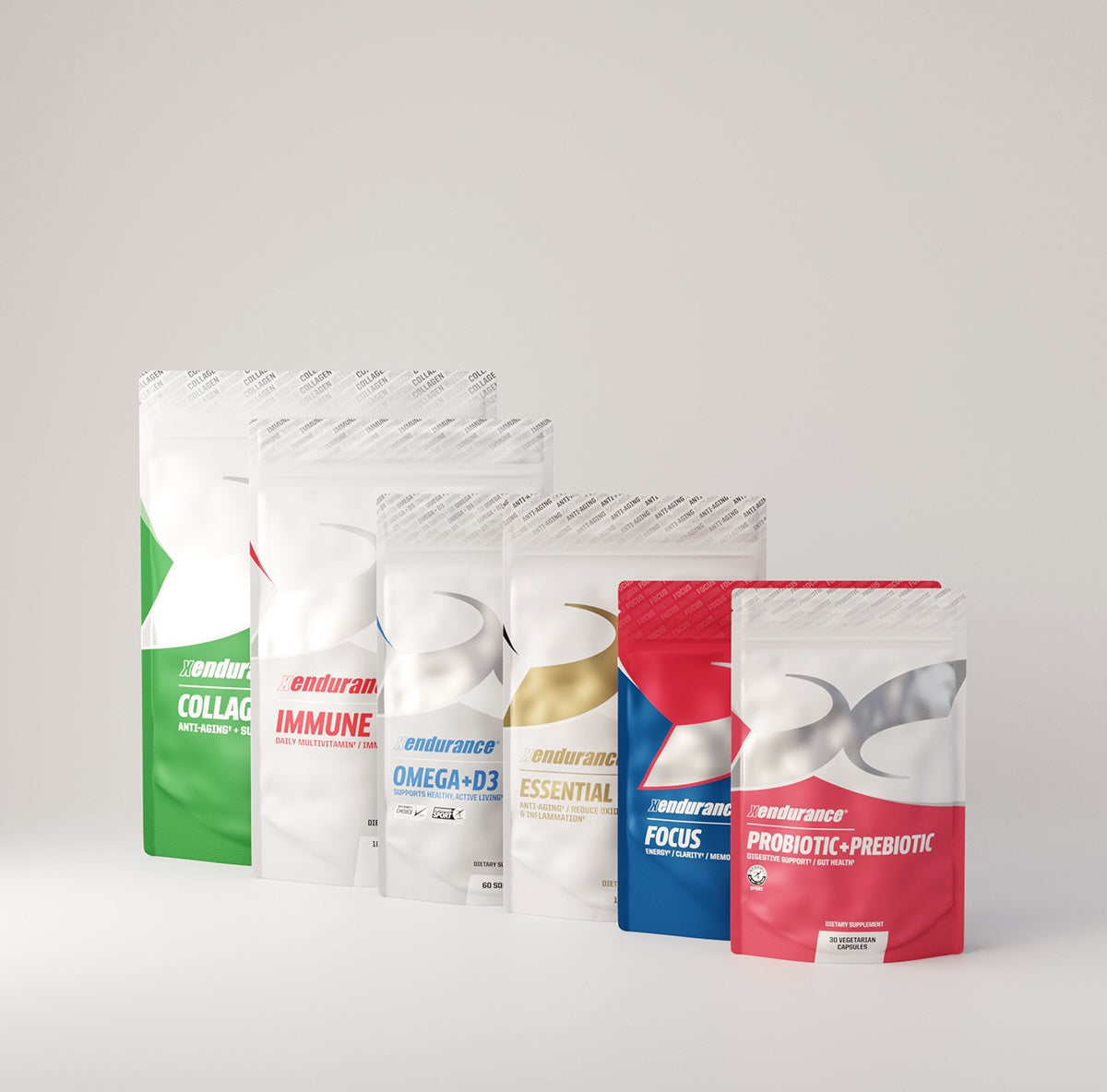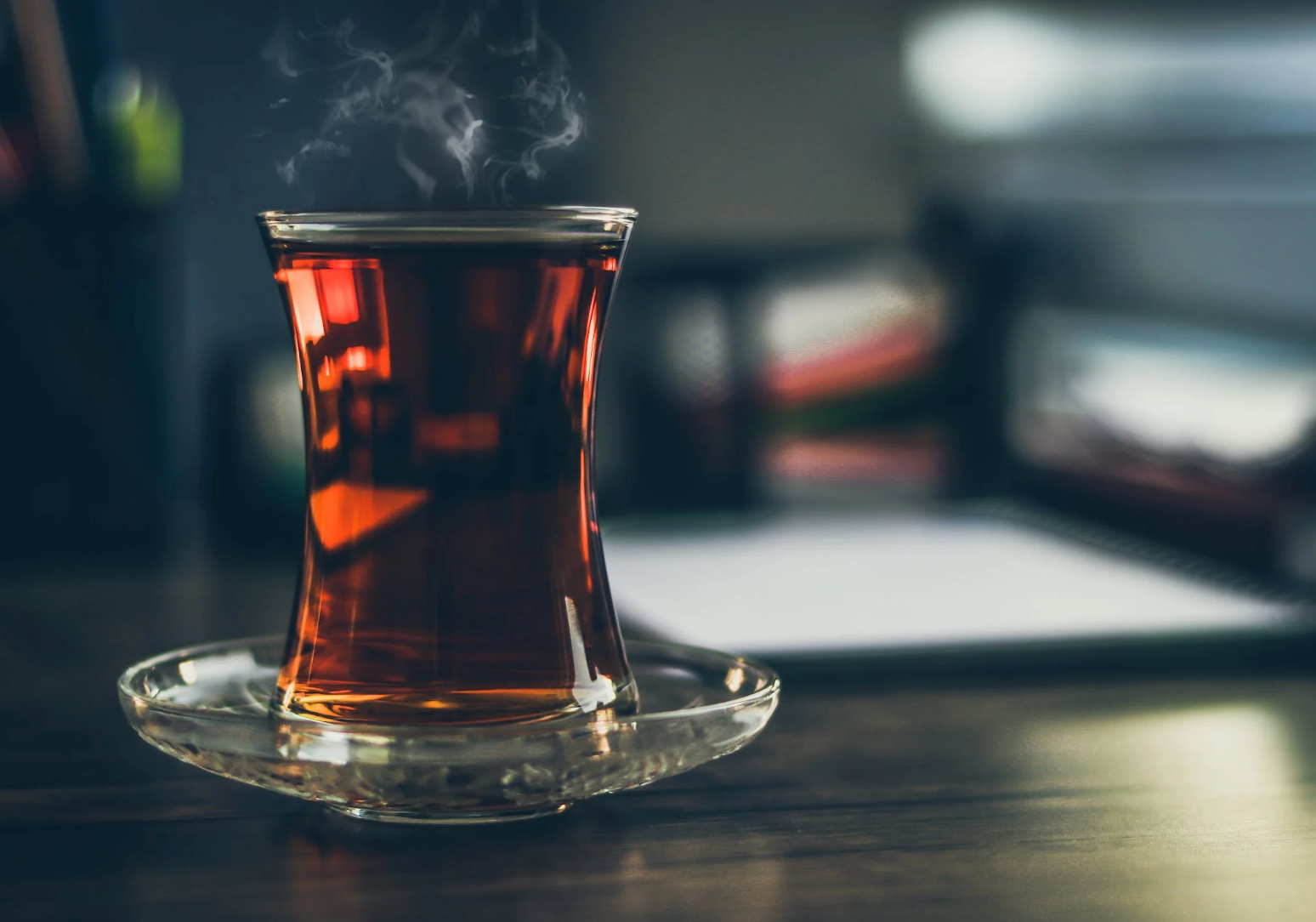As a woman, the prospect of better all-cause and cardiovascular mortality by merely moving off the couch to embrace more physical activity is a compelling one. Isn't it a wonder that something as accessible as exercise could significantly extend our lives? The benefits of exercise are profound, prompting a deep, personal reflection on how we prioritize our health and daily routines. Let's challenge ourselves and each other: Can we commit to integrating more movement into our days, knowing the profound impact it could have on our longevity? It's a call to action, inviting us to reconsider our choices for a healthier, longer life.
Understanding The Research
In a world where sedentary lifestyles have become more common, new research shines a light on the vital role of physical activity in enhancing longevity and reducing the risk of death from all causes. A groundbreaking study has found that women who engage in regular physical activity have a 24% lower risk of dying from any cause compared to their inactive counterparts. For men, the risk reduction is also significant at 15%. These findings underscore the importance of regular exercise for everyone, regardless of gender, and highlight the need for public health initiatives to encourage physical activity and promote a healthy lifestyle across all demographics.
This recent study in The Journal of the American College of Cardiology, “Sex Differences in Association of Physical Activity With All-Cause and Cardiovascular Mortality” included over 412,000 American adults, more than half of whom were women, averaging 44 years old. They shared information about how often and intensely they exercise during their free time. The study aimed to see if there's a link between how much they exercise and their chances of dying from any cause or heart-related issues, tracking this from 1997 to 2019.
The Gender Gap in Physical Activity Benefits
One of the most intriguing aspects of this study is the difference in mortality risk reduction between women and men. The reasons behind this gender disparity could be multifaceted, involving biological, behavioral, and societal factors. It prompts a deeper examination of how exercise benefits vary between genders and emphasizes the need for tailored fitness recommendations.
How Much Exercise Is Needed?
For incredibly busy women balancing numerous responsibilities at work and home, finding up to five hours a week for moderate to vigorous exercise could significantly extend the time they have with their families. Even less than this recommended amount can make a meaningful difference in longevity and contribute to women's wellness.
The study found that engaging in moderate to intense exercises like brisk walking or biking for about five hours weekly is most advantageous. However, benefits were also observed for women who exercised for approximately half that time each week.
Now ask yourself, can you find 5 hours a week to stay healthier and live longer for your family?
Why Exercise Matters
Physical activity is a cornerstone of cardiovascular health. Regular exercise, such as brisk walking or cycling, has been shown to lower the risk of heart disease by improving blood circulation and reducing blood pressure. The American Heart Association recommends at least 150 minutes of moderate-intensity aerobic activity per week to maintain heart health. Studies have demonstrated that individuals who adhere to these guidelines can reduce their risk of heart disease by up to 35%.
Muscle strength and endurance also benefit greatly from regular physical activity. Weight-bearing and resistance exercises not only build muscle mass but also enhance bone density, which is crucial for preventing osteoporosis. The Journal of Physiology reported that resistance training could increase muscle strength and size, even in older adults, highlighting the benefits of exercise at any age for maintaining physical fitness.
Exercise and mental health improvements are among the most immediate benefits of regular physical activity. Exercise releases endorphins, often referred to as the body's natural mood lifters. According to the Mayo Clinic, regular physical activity can play a significant role in alleviating symptoms of depression and anxiety, improving mood, and enhancing overall well-being. Furthermore, a study in the Lancet Psychiatry journal found that individuals who engaged in regular physical activity had significantly fewer days of poor mental health compared to those who remained inactive.
Incorporating physical activity into your daily routine is not just about extending your lifespan; it's about enhancing the quality of the life you live. Whether it's through heart health, muscle strength, mental wellness, or metabolic benefits, the impact of exercise is profound and holistic.

Overcoming Barriers to Exercise
Despite the known benefits, many people find it challenging to maintain a regular exercise regimen. Barriers such as lack of time, motivation, or access to facilities often hinder physical activity.
Overcoming these roadblocks to exercise often requires creative solutions and a shift in mindset. One effective approach is to integrate physical activity into your daily routine in simple ways, such as taking the stairs instead of the elevator, walking or biking to work, or engaging in short, high-intensity workouts if time is limited. This makes exercise more manageable and less daunting, especially for those with busy schedules. Embracing these small changes can lead to a healthier lifestyle overall.
Additionally, leveraging technology can provide motivation and support. Fitness apps, online workout classes, and wearable devices can offer personalized exercise programs, track progress, and remind you to stay active. These tools make it easier to set realistic goals, monitor achievements, and stay committed to a healthier lifestyle, even for those who struggle with motivation or feel they don't have enough time for traditional workouts.
Sleep Benefits
The exact way physical activity aids sleep remains unclear, and it might always be a bit of a mystery. What is known, however, is that engaging in moderate aerobic activities can boost the amount of deep sleep you get, allowing both your mind and body to recover. Regular exercise also plays a role in mood stabilization and helps unwind the mind, a crucial step for naturally easing into sleep.
And there are longevity benefits for better sleep: For individuals achieving all five high-quality sleep criteria, men saw a life expectancy increase of 4.7 years, and women experienced a 2.4-year increase, compared to those with one or none of these beneficial sleep practices.
For many, exercising equals better sleep and better sleep adds more years to your longevity.
It’s All Mindset!
Let's be clear: the hardest part about sticking to a workout routine is overcoming the mental barrier to start exercising. This initial step requires honest self-reflection and commitment.
Acknowledging this challenge is crucial for progress. Once you recognize that starting is the most formidable hurdle, you can focus on strategies to overcome it. Setting small, achievable goals, seeking support from friends or fitness communities, and reminding yourself of the long-term health benefits can all play a part in making that first step less daunting and more achievable. The fitness journey begins with a single step, and sometimes, acknowledging the mental barriers is the first stride towards overcoming them.
Whether it's walking, cycling, swimming, or any form of exercise you enjoy, the key is to get started and stay consistent.
Why Moving More Is a Must for Your Longevity
The recent study's findings add to the mounting evidence that regular physical activity is essential for health and longevity. With a significant reduction in mortality risk observed for both women and men who stay active, the message is universal: moving more is not just a choice but a necessity for a healthier, longer life. As we continue to navigate the complexities of modern living, let us remember the foundational role of physical activity in our well-being and strive to make it an integral part of our daily lives. Incorporating health and wellness products can also support these efforts.









Leave a comment
This site is protected by hCaptcha and the hCaptcha Privacy Policy and Terms of Service apply.